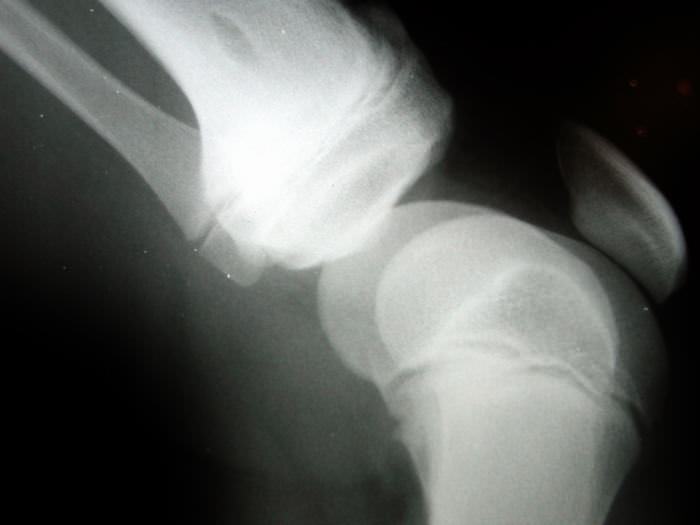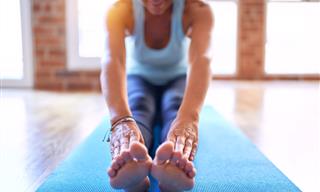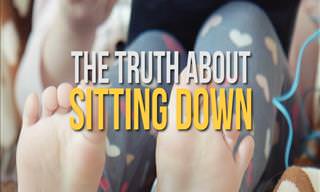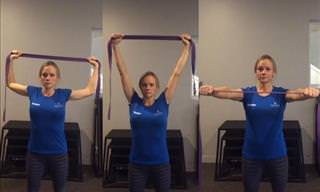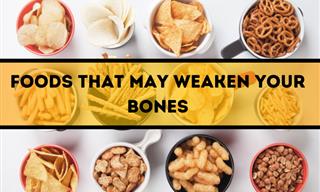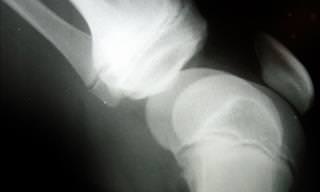|
Bone spurs (also known as osteophytes) arise as a result of excess pressure on your joints and develop as an "extra bone" produced by the body in response to this pressure. Apart from your spine, they can appear in other body parts, such as the knees, hips, shoulders, and fingers. Although their symptoms are not always obvious, they can sometimes cause pain and loss of motion in the joints. They can be treated if seen by a doctor, unless a specific case does not require treatment at all.
Let's take a closer look at the symptoms, causes, treatments, and prevention of this condition.
- First of all, what is a bone spur and how does it form?
A bone spur is an extra bone that forms in areas of the body where bones meet each other, such as in your joints and in your spine. When these areas experience unusual amounts of pressure and tension, the body naturally reacts by forming bone spurs in order to reduce the excess pressure. Unfortunately this isn't always helpful, and in some cases, spurs can make the situation even worse.
|
|
Weight-bearing joints, such as the knees, heels and shoulders, are the most sensitive to the formation of bone spurs, although they may also appear in the spine, hips, hands, and ankles. The risk of this sensitivity increases in people who are overweight (as this puts excess weight on the joints), in athletes (as they use a lot of force in their legs and feet when running), and in people who lift heavy objects on a regular basis (causing spurs in the shoulders).
Above all, there are major causes that depend on the presence of other bone conditions. Two of the most common ones are a degenerative joint disease (such as arthritis) and the inflexibility of a tendon. In both of these cases, the body attempts to reinforce the weak area with more bone in a place that it shouldn't be, resulting in bone spurs. These become very painful when there's no more room for the bone to grow, so it pokes into the surrounding tissue, or pulls a tendon too tightly to accommodate it.
As a result of the contact of bone spurs with the tissue that surrounds them, the body may suffer from irritation and inflammation in the affected areas. It may appear as swelling and is felt as a sharp ache and pain. Here's how symptoms arise in specific areas:
- Knees: Difficulty extending or bending your legs
- Spine: Weakness or numbness in the arms and/or legs (due to the spinal cord or nerve roots being pinched)
- Hip: Reduction in the range of motion in your hip joints - this may even be felt as pain in the knees
- Shoulder: Swelling and tearing in the rotator cuff
- Fingers: Appearance of hard lumps under the skin
If you experience one or more of the above symptoms, or have difficulty moving one or more joints around your body, make an appointment with your doctor, so he can detect the problem as soon as possible. Your doctor is likely to feel the bone spurs externally, or he may recommend getting an X-ray if he feels he needs to investigate further. Early treatment helps to prevent further joint damage.
How can they be treated?
Your doctor may recommend over-the-counter pain relievers or anti-inflammatory drugs if your bone spurs are causing pain or inflammation, but there are also other widely-known remedies that treat the problem. Some individuals find applying moist heat, cold packs, or ice massages to be soothing. Others suggest the use of herbs, especially chamomile, which has anti-inflammatory and pain-relieving properties. Some drug therapies, modalities, stretches, and injections may also work, always if advised by a doctor.
If symptoms persist or worsen, a surgical procedure might be necessary to remove the extra bone, lengthen the affected tendon, or replace a joint.
Generally, the main focus of the cure should be to tackle underlying bone problems, such as degenerative disease or tendon contracture and inflexibility. If this is not done, the bone spur might re-develop even if it was surgically removed.
How can bone spurs be prevented?
To reduce the risk of their development, you should try engaging in a stretching and/or weight reduction program, as well as a low-impact maintenance exercise program to strengthen your core and stretch sensitive tendons, including your calves, hamstrings, and quads. Try walking (in supportive shoes), swimming, doing yoga, cycling, or doing any form of exercise that is a great way of keeping fit without creating pressure on the joints and tendons.
|
 Go to BabaMail
Go to BabaMail


